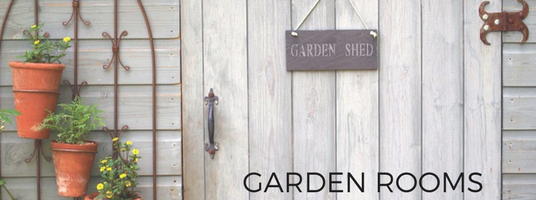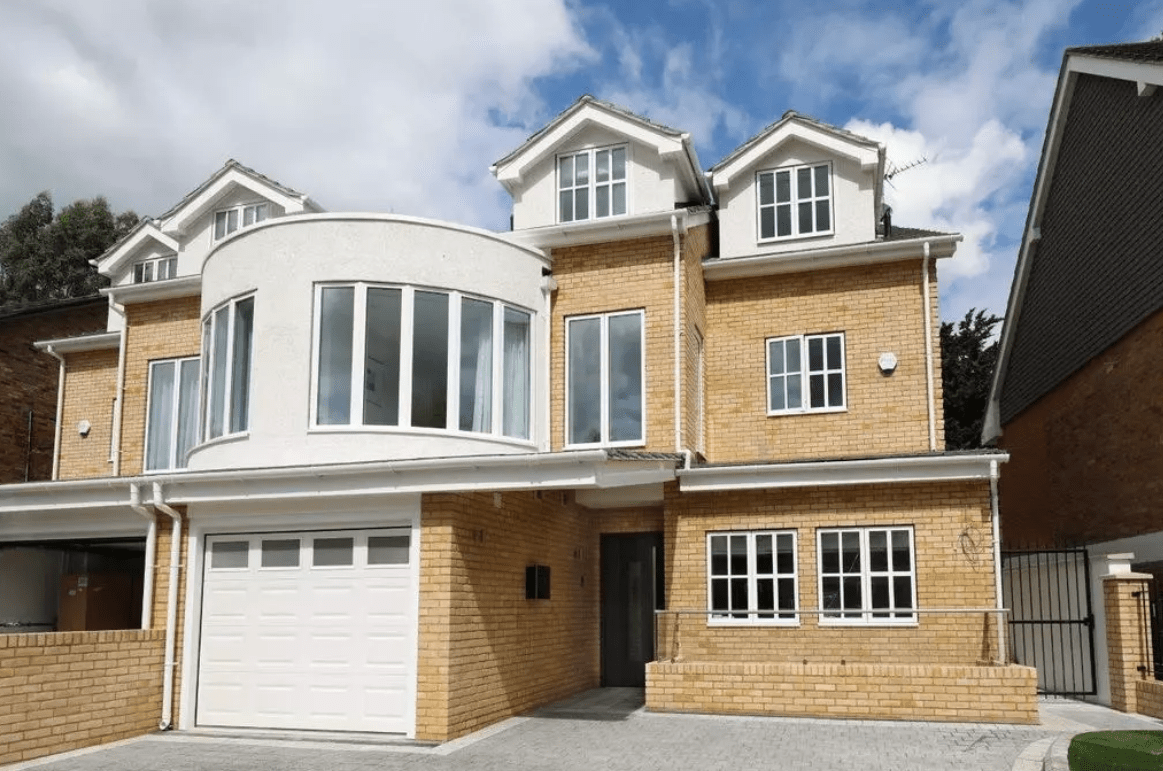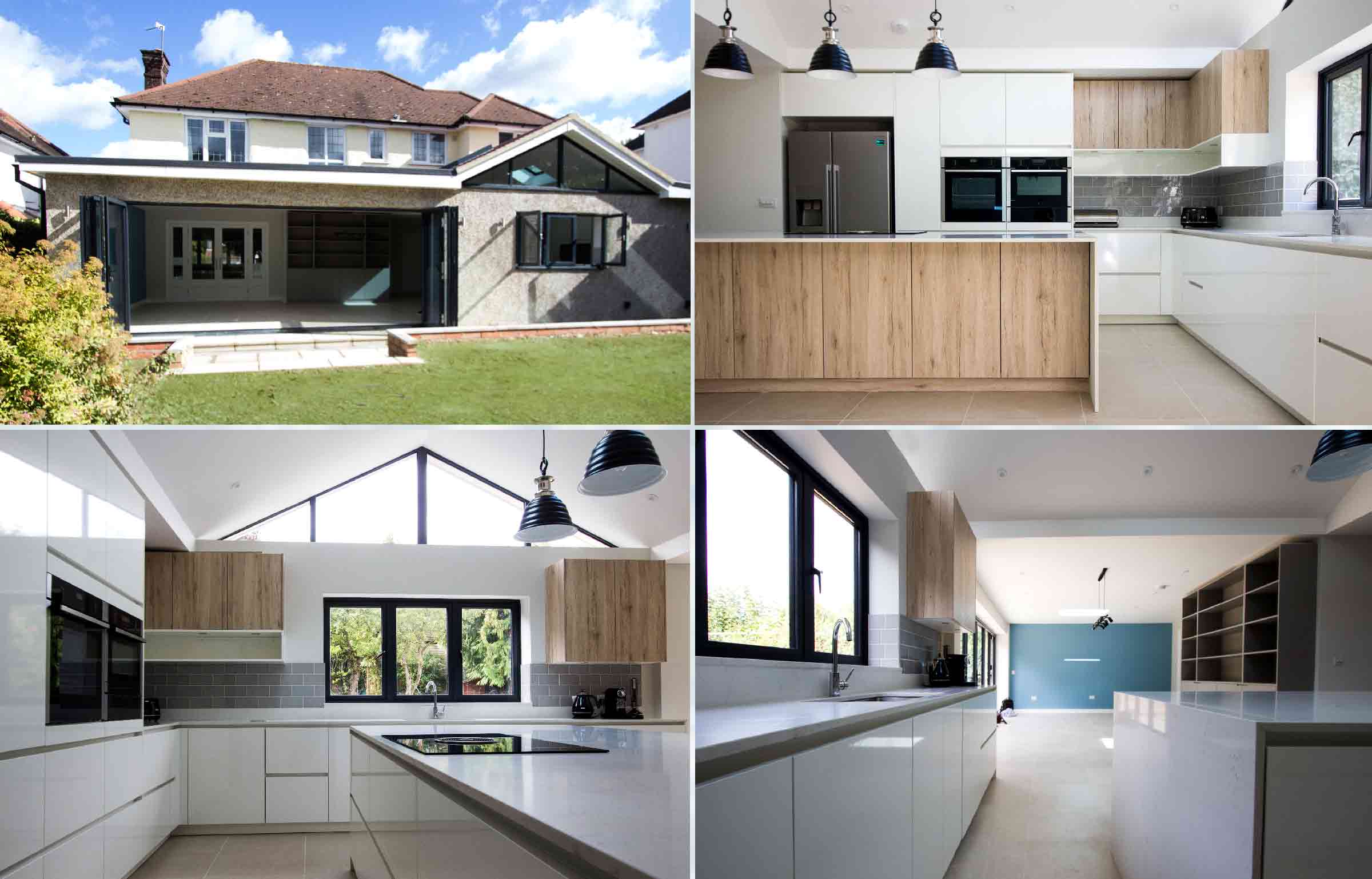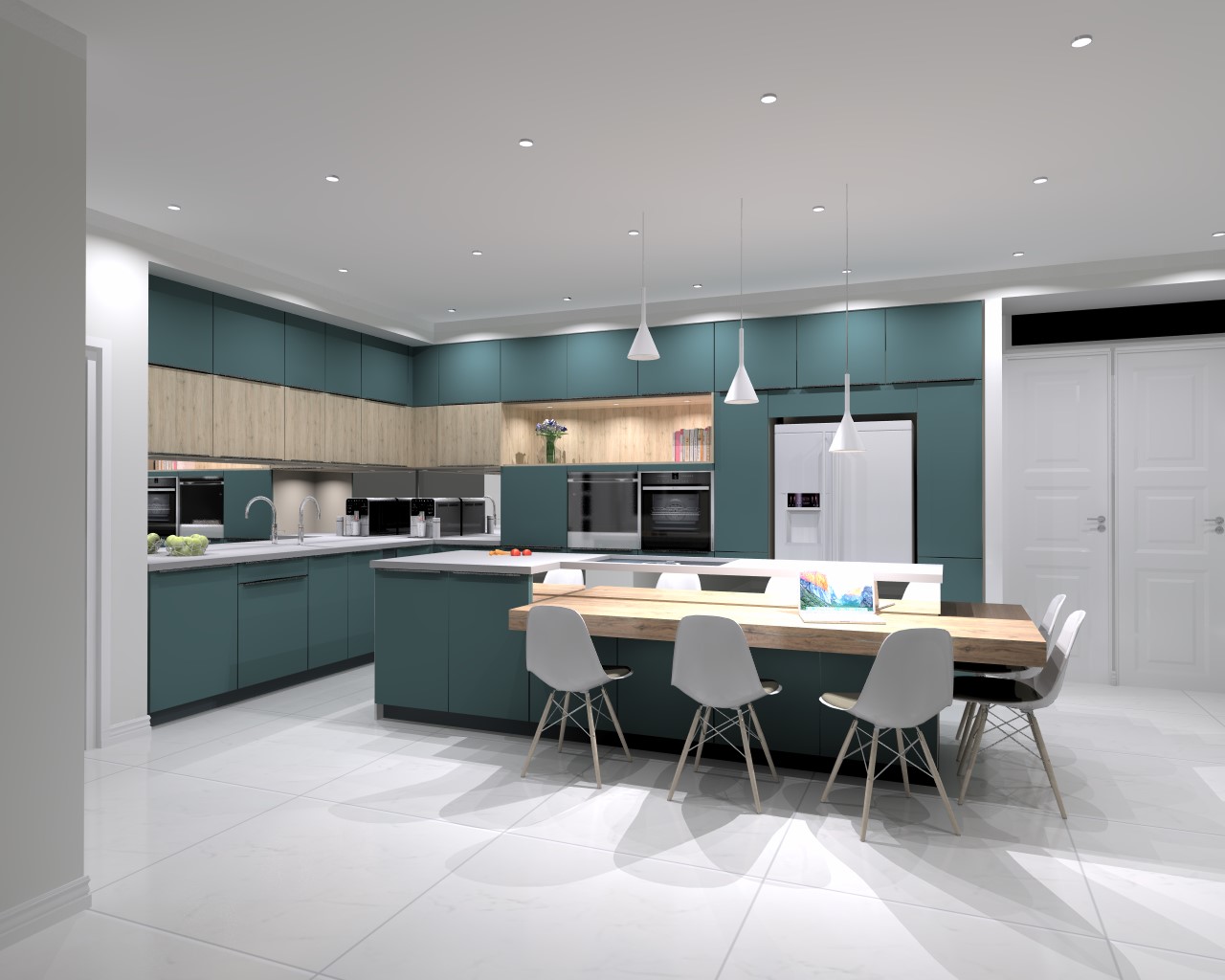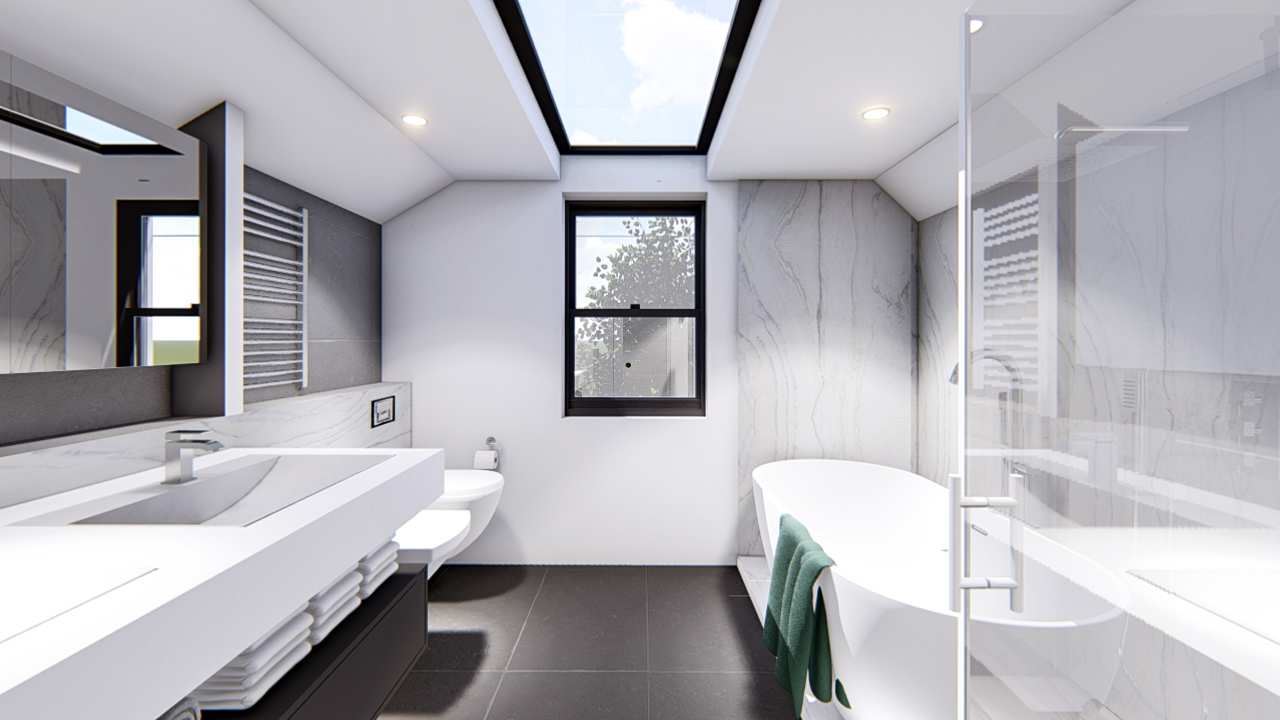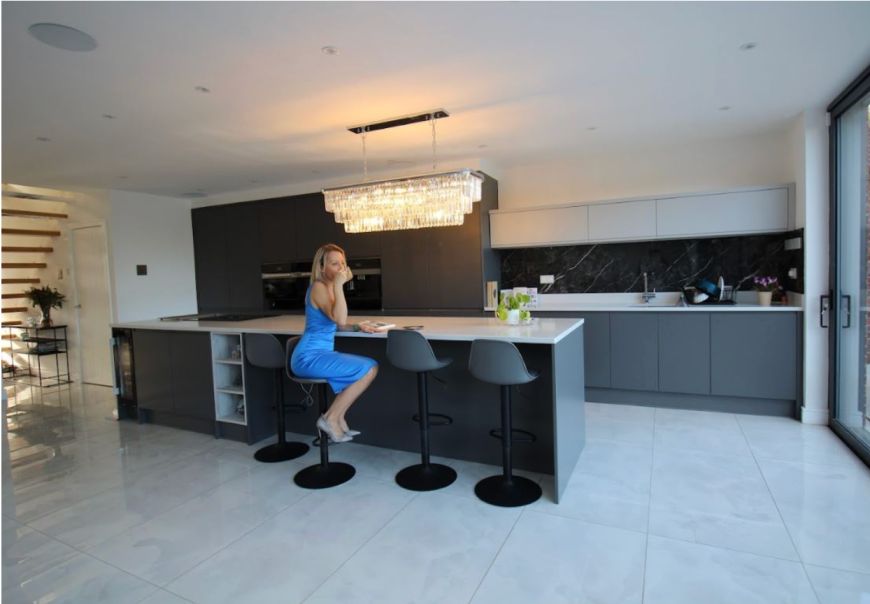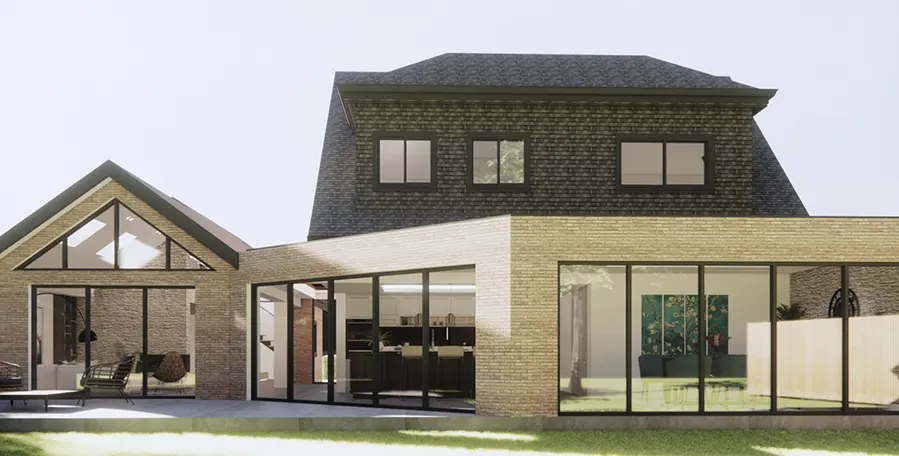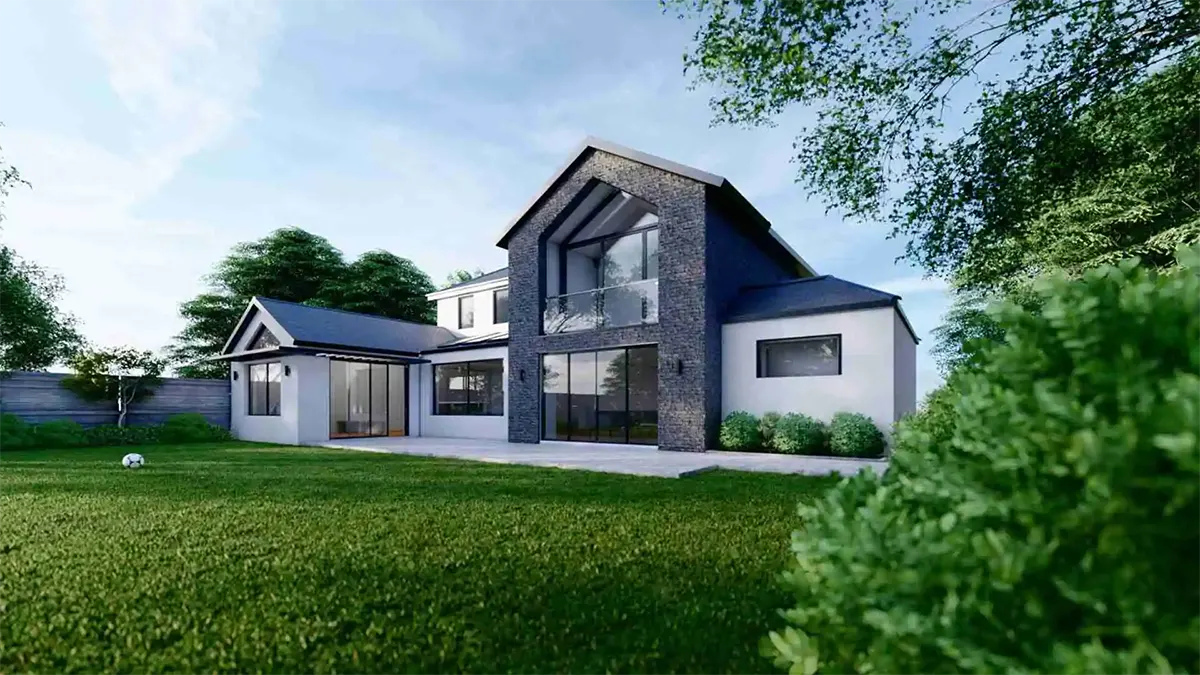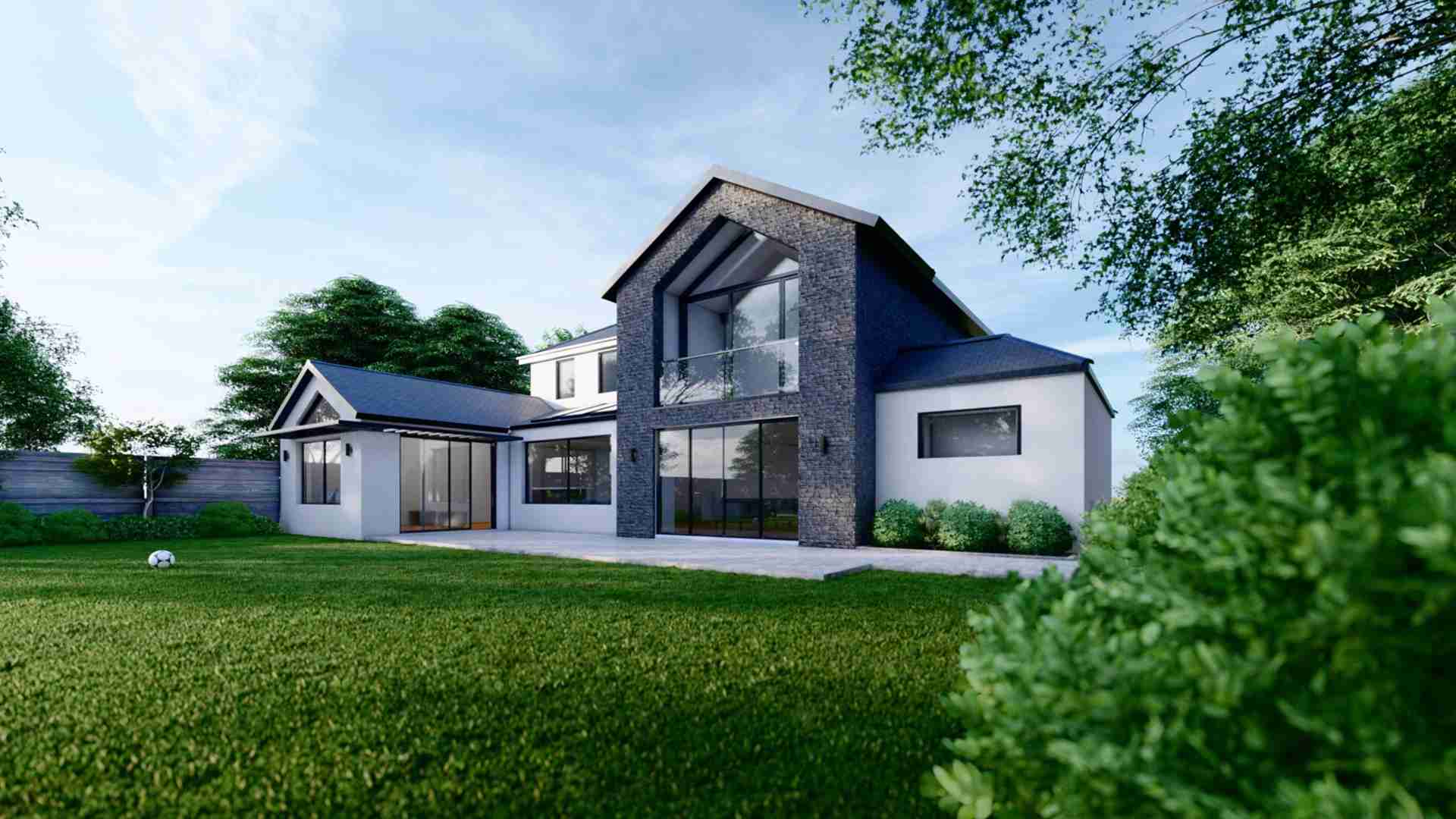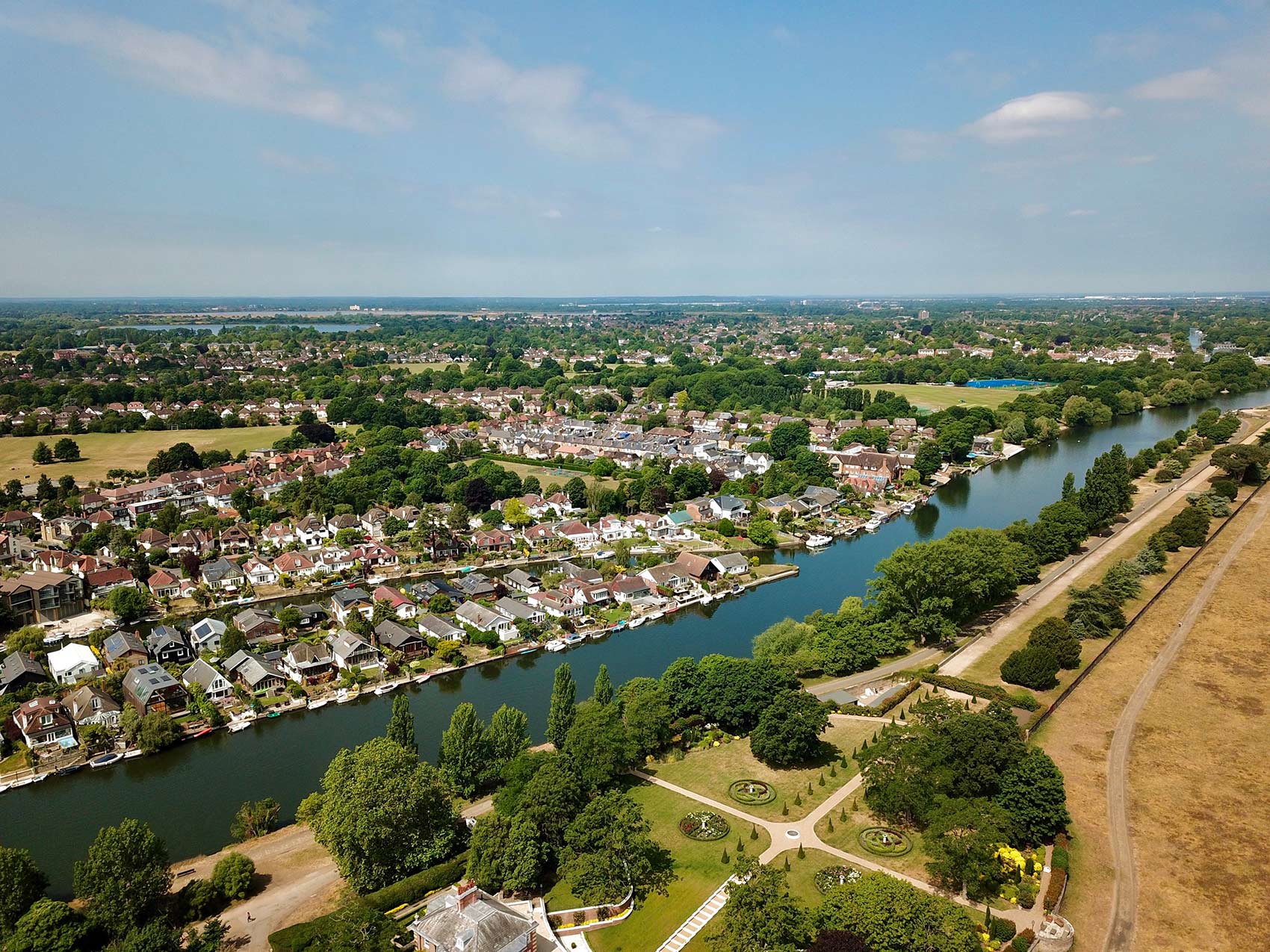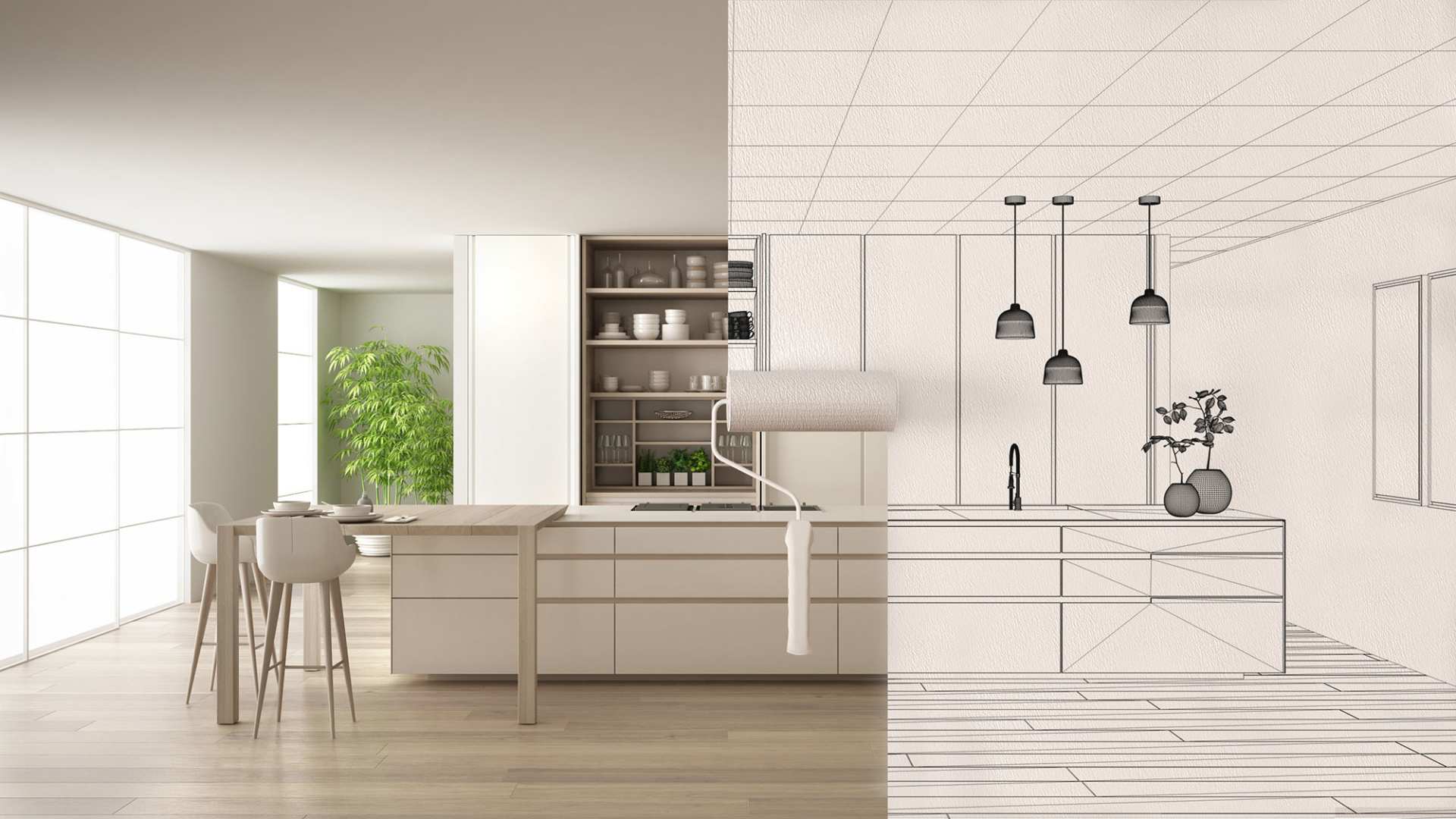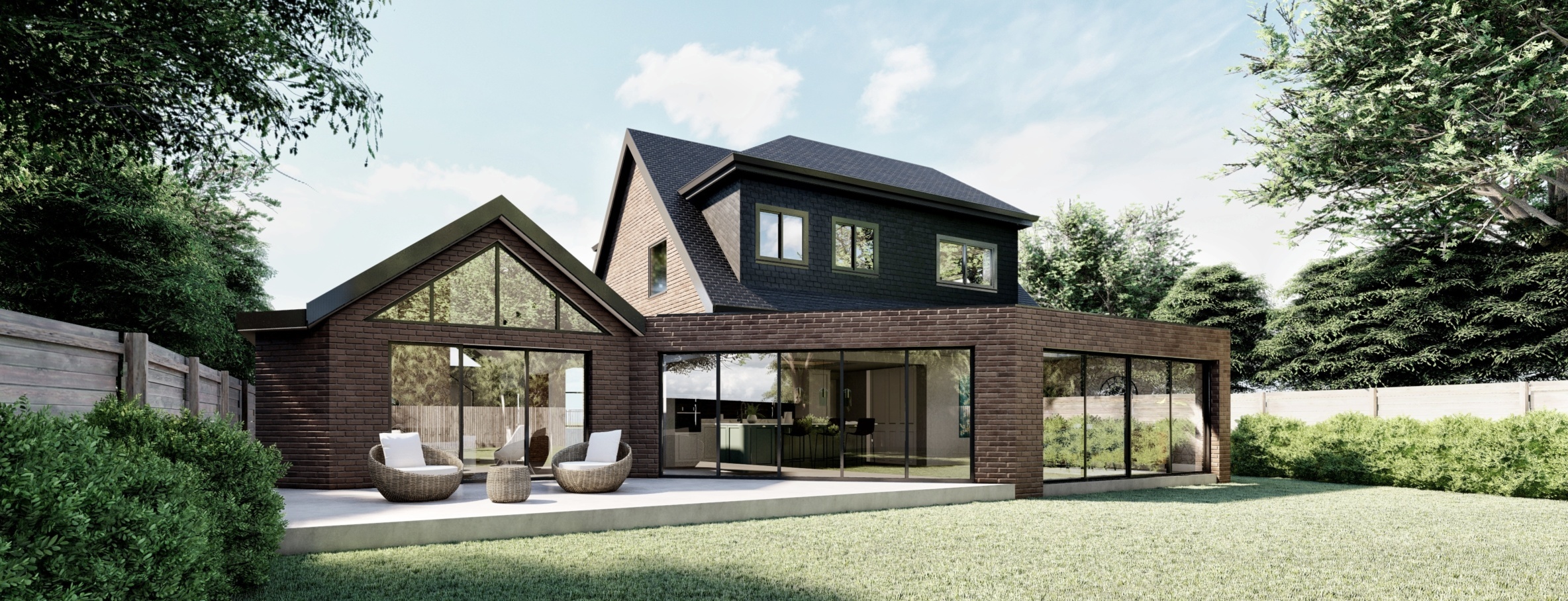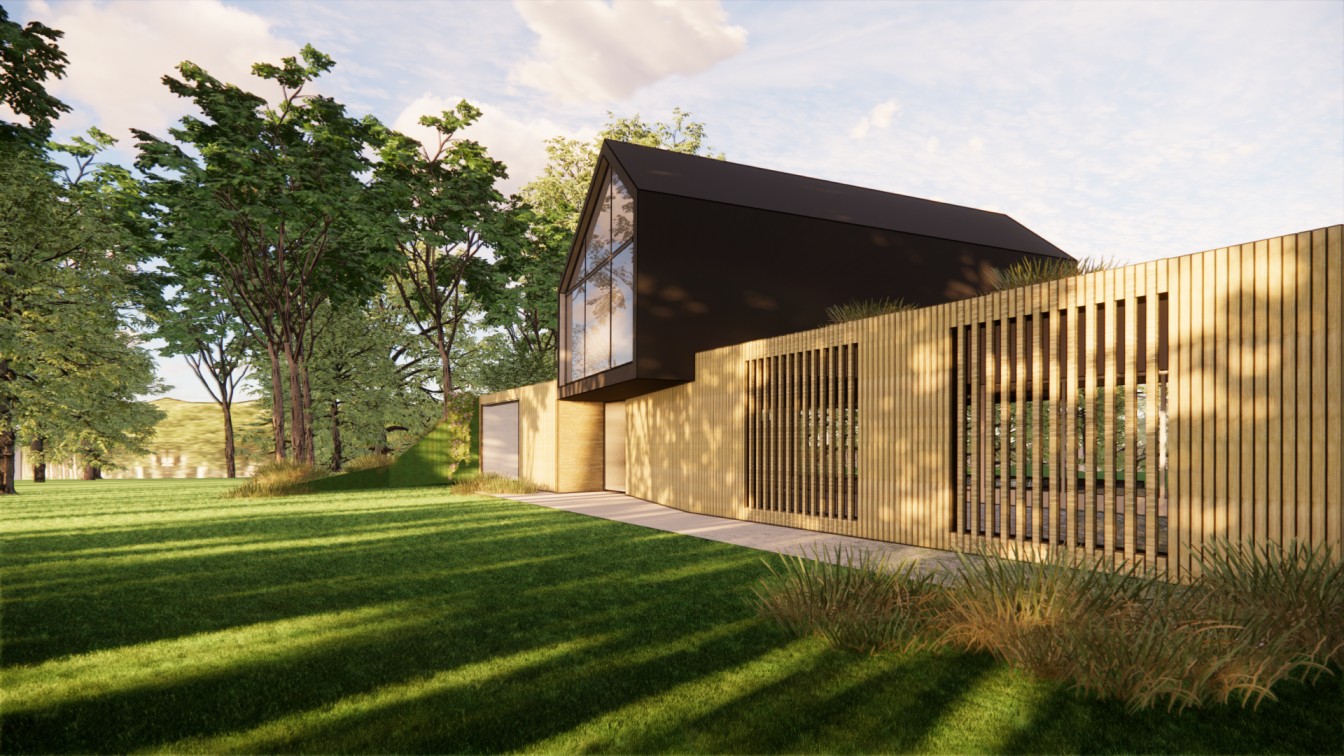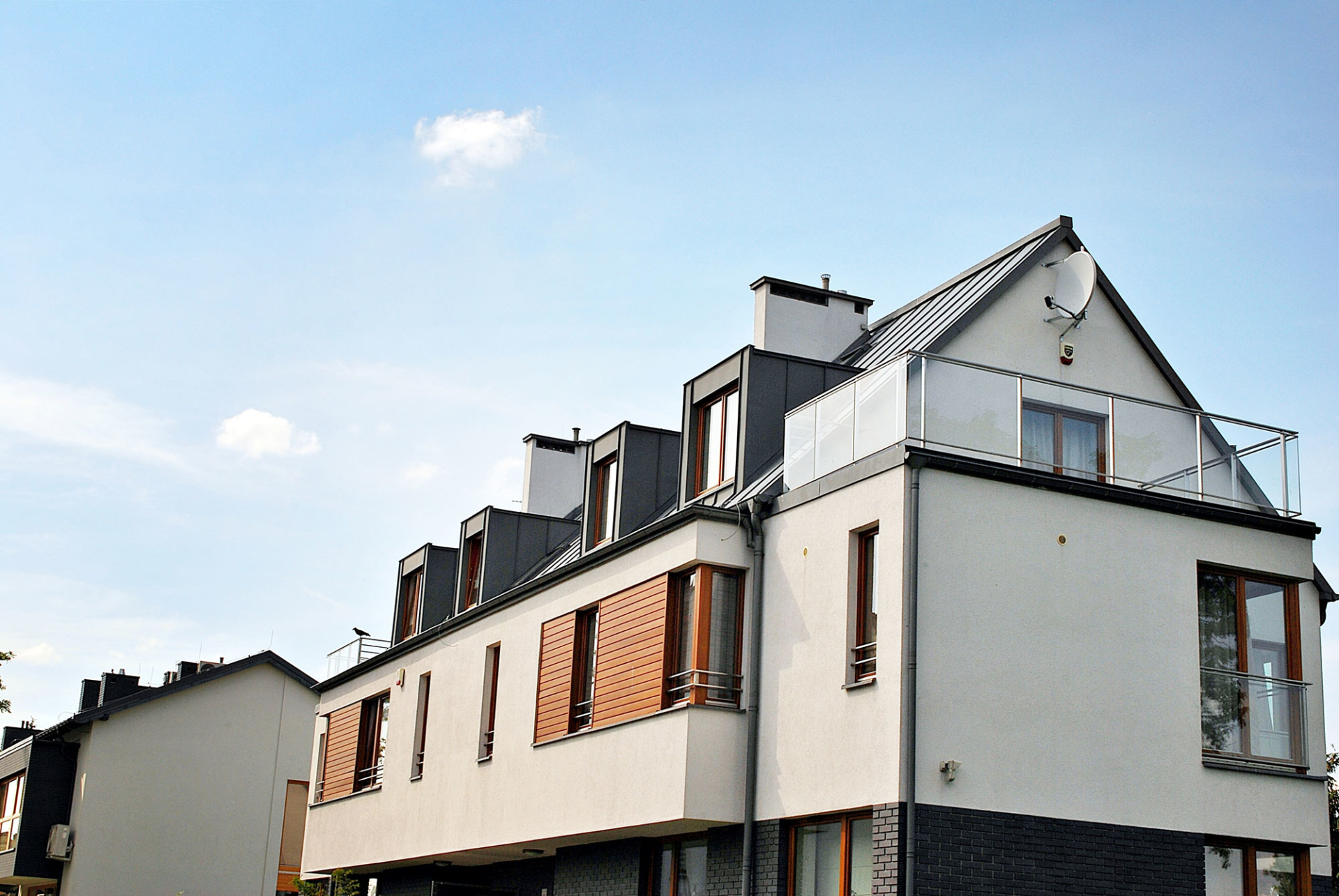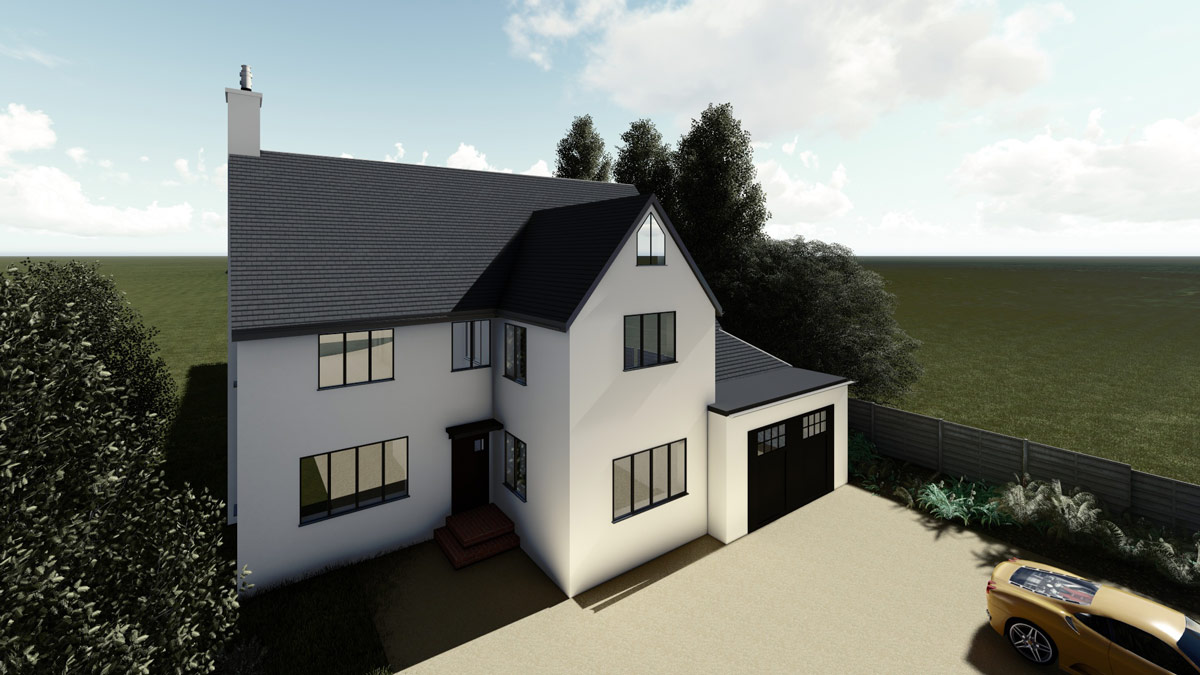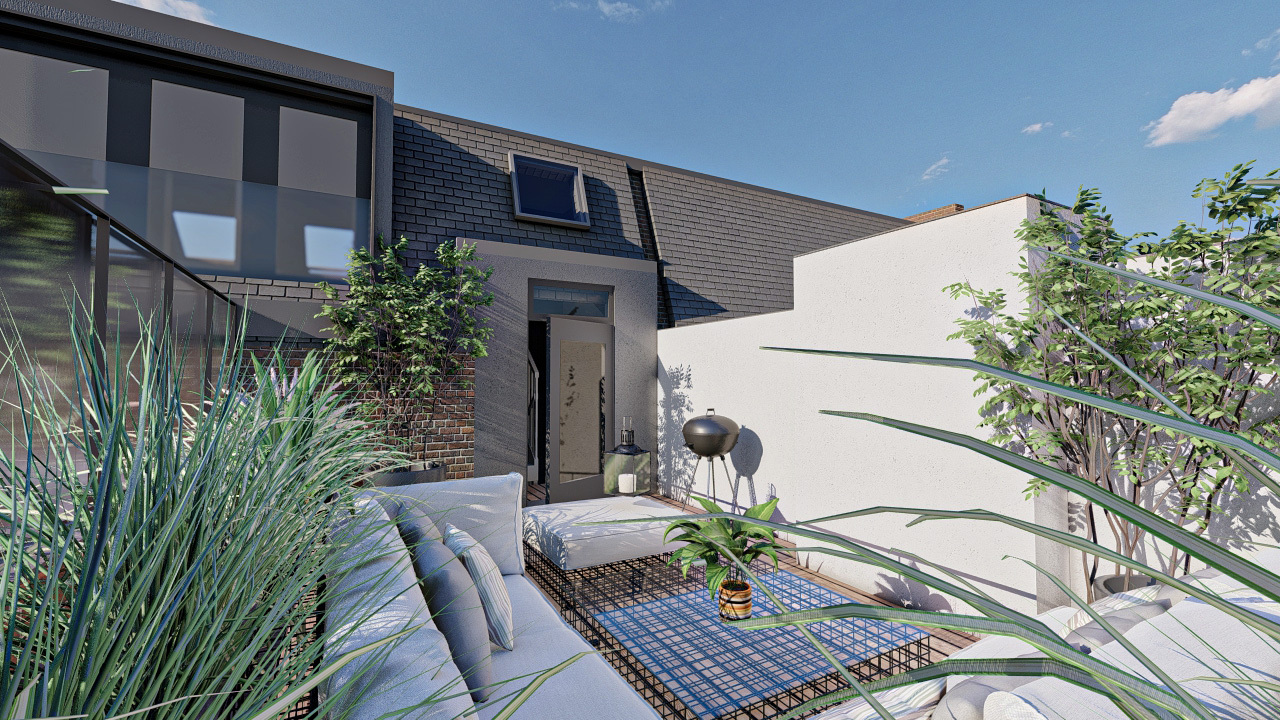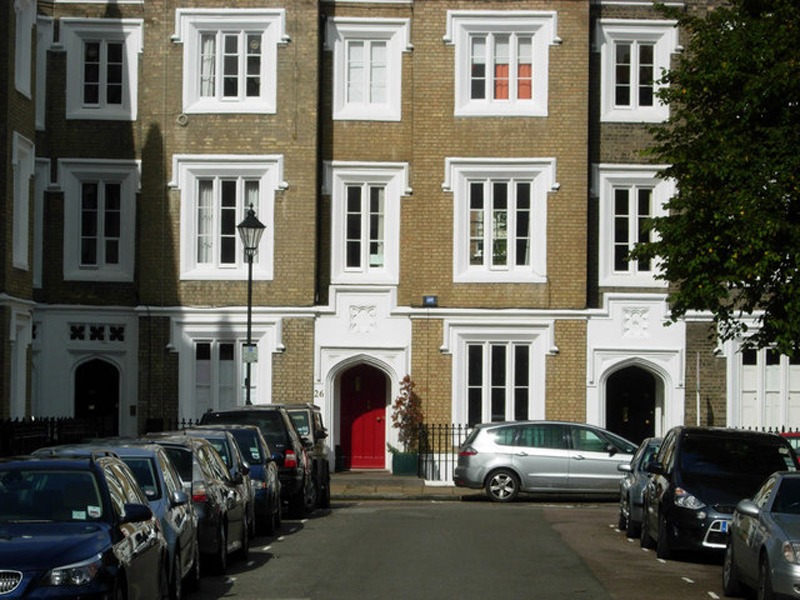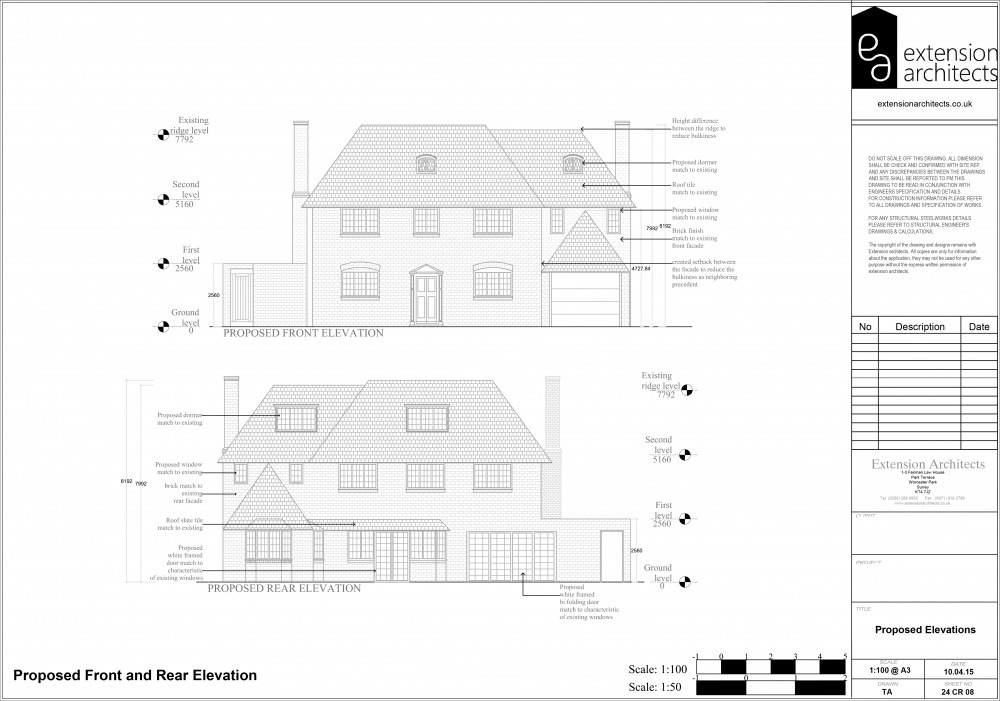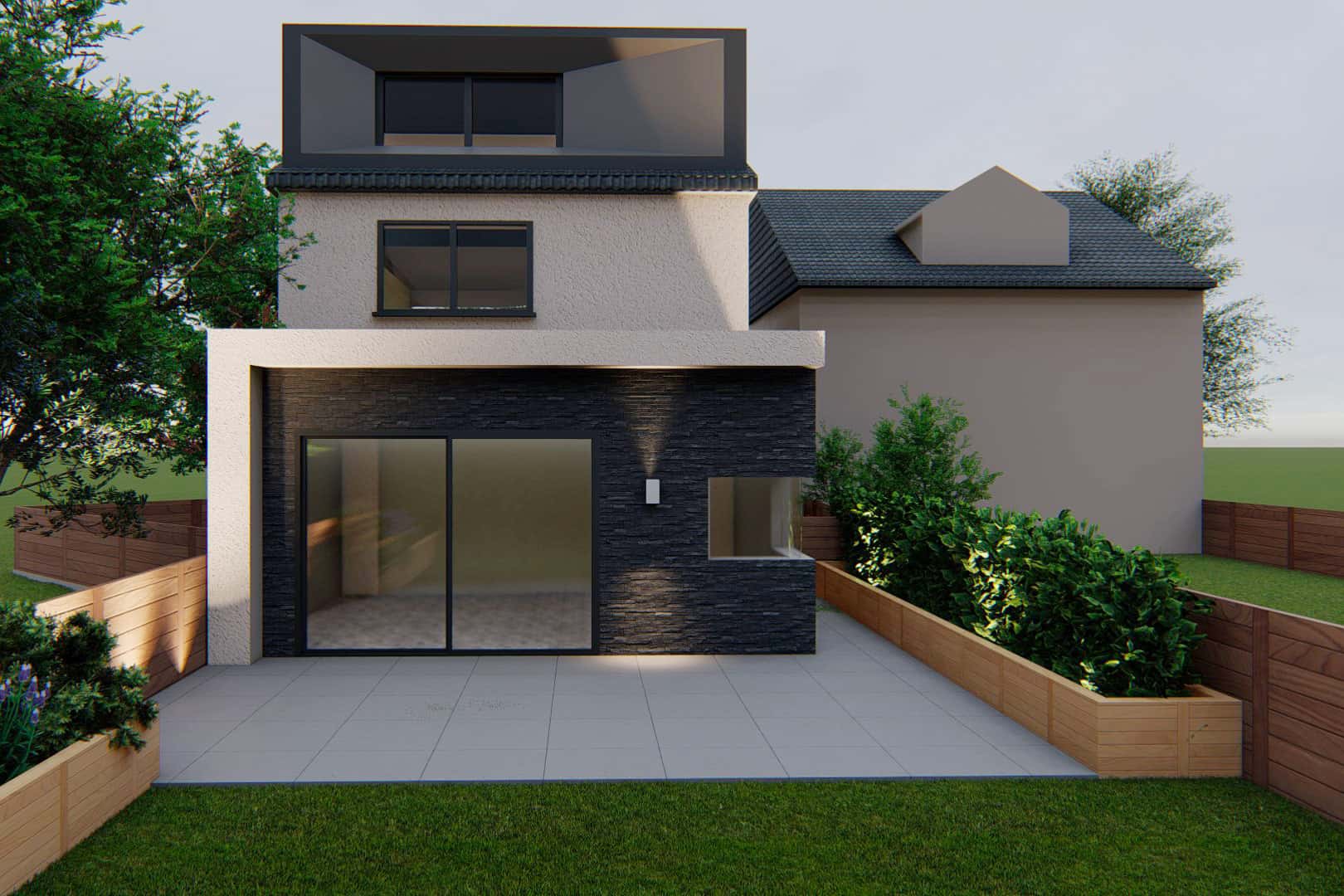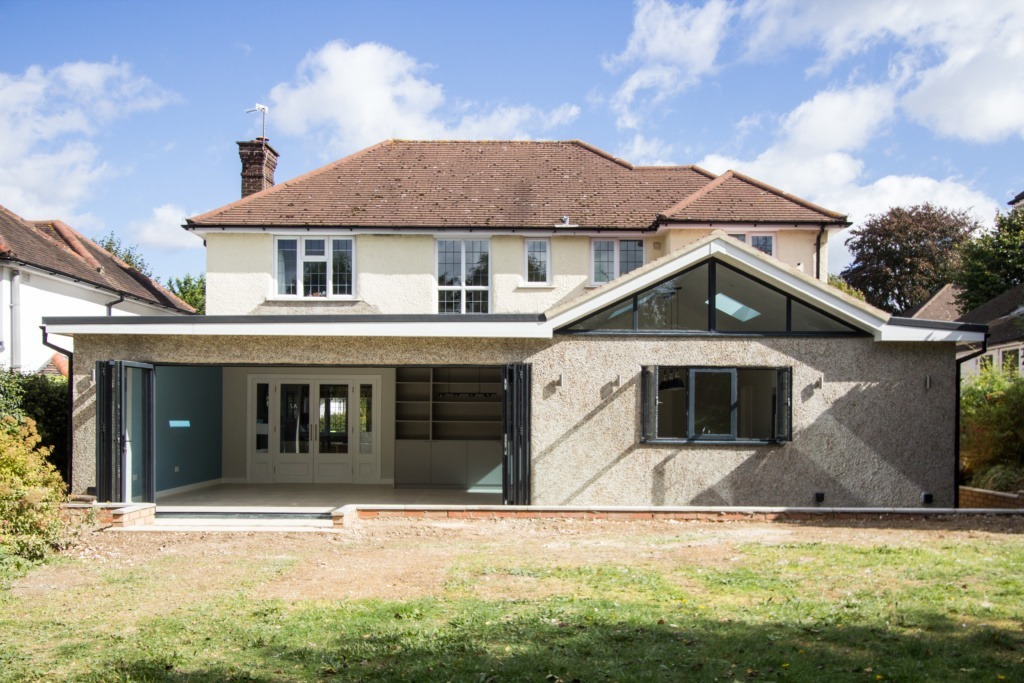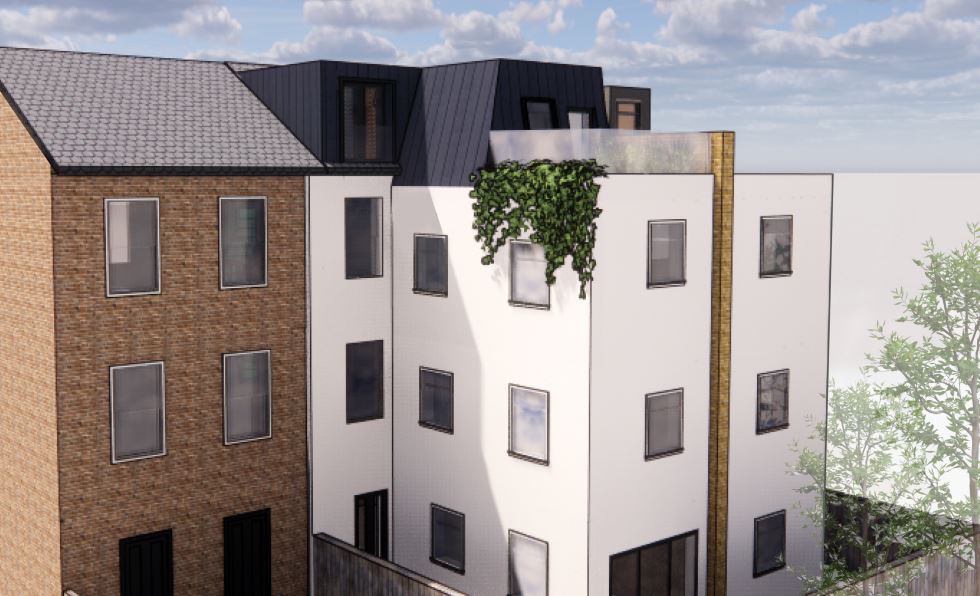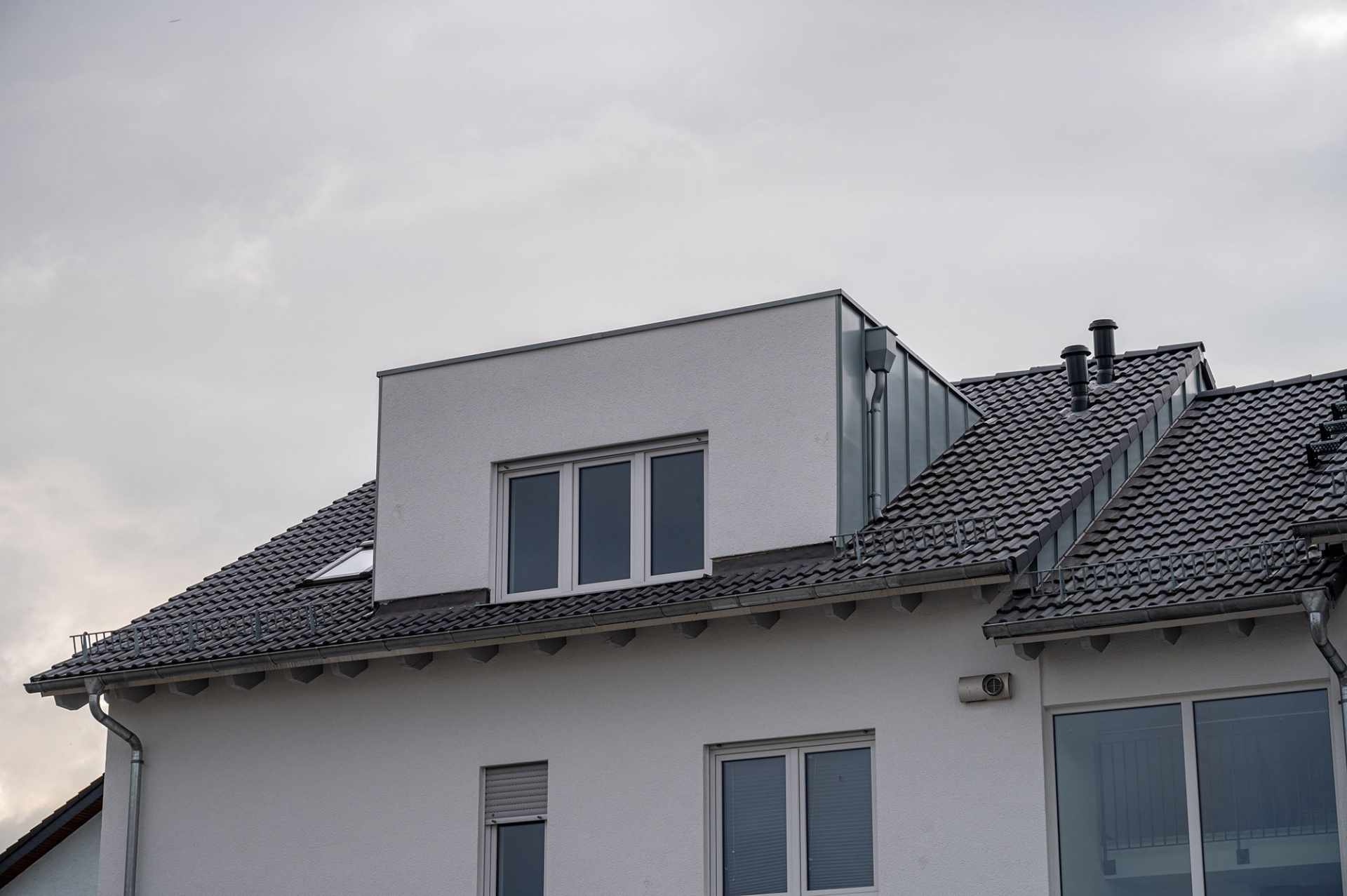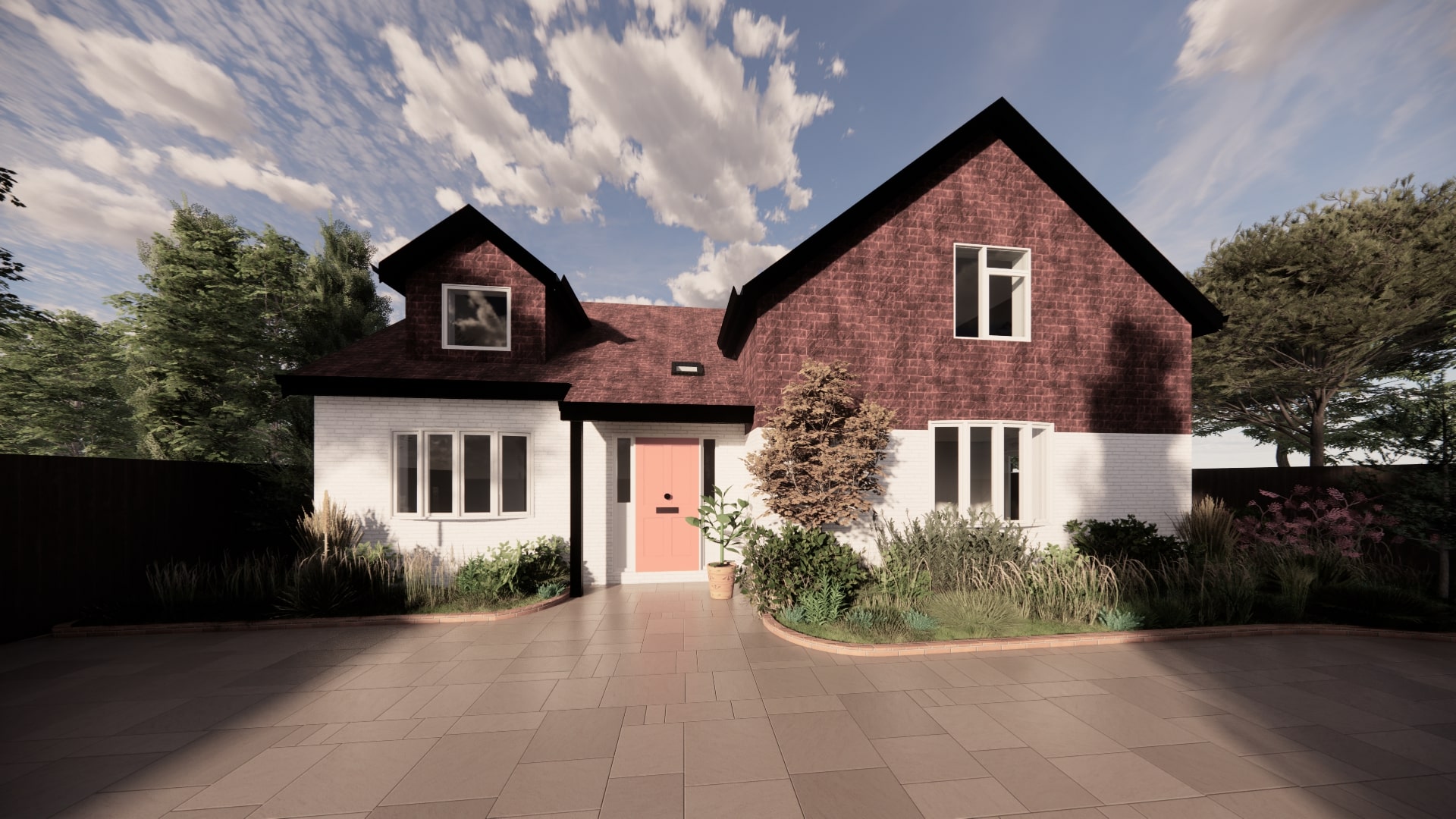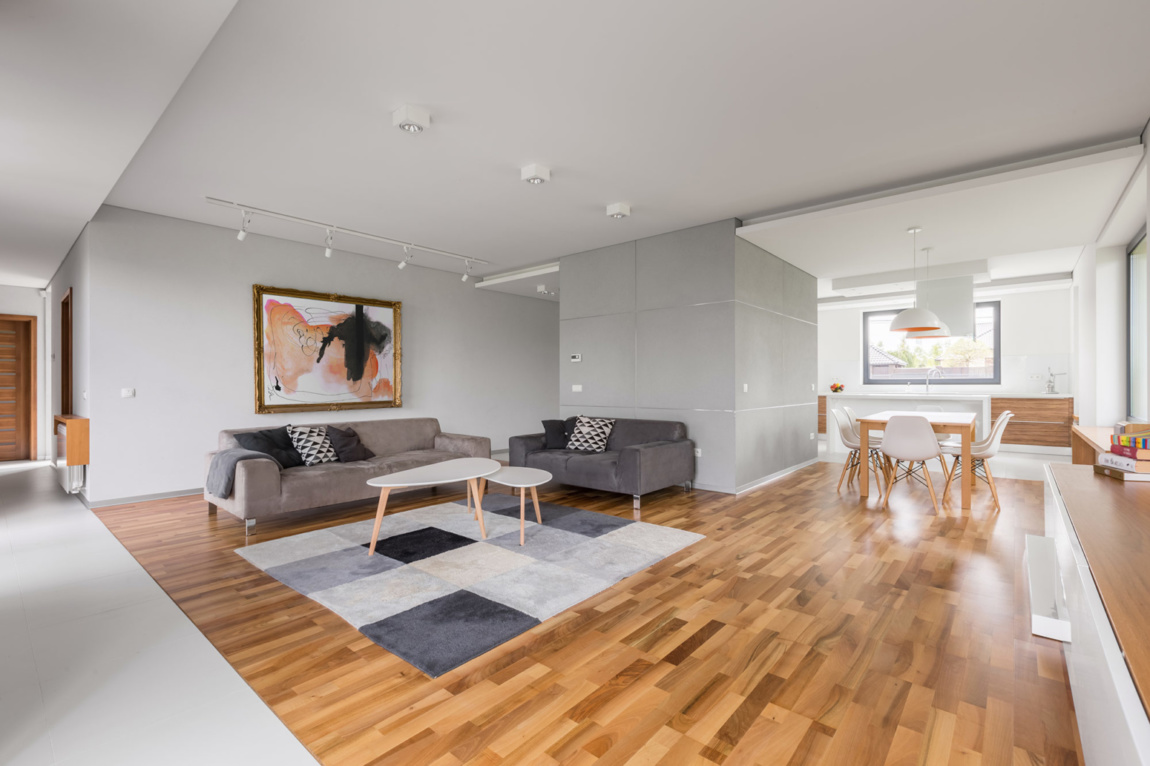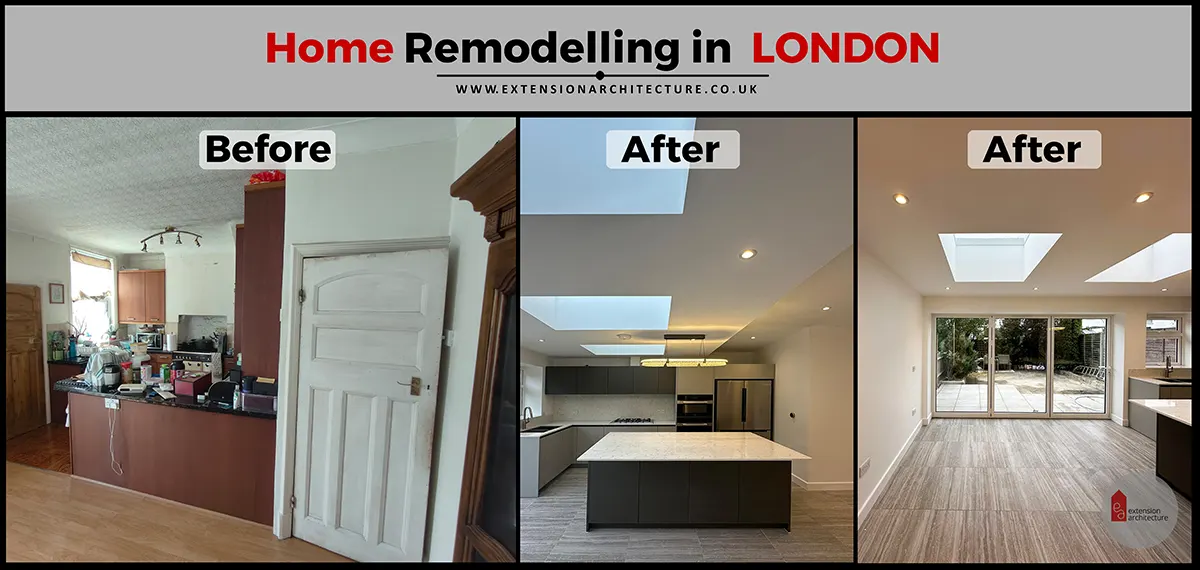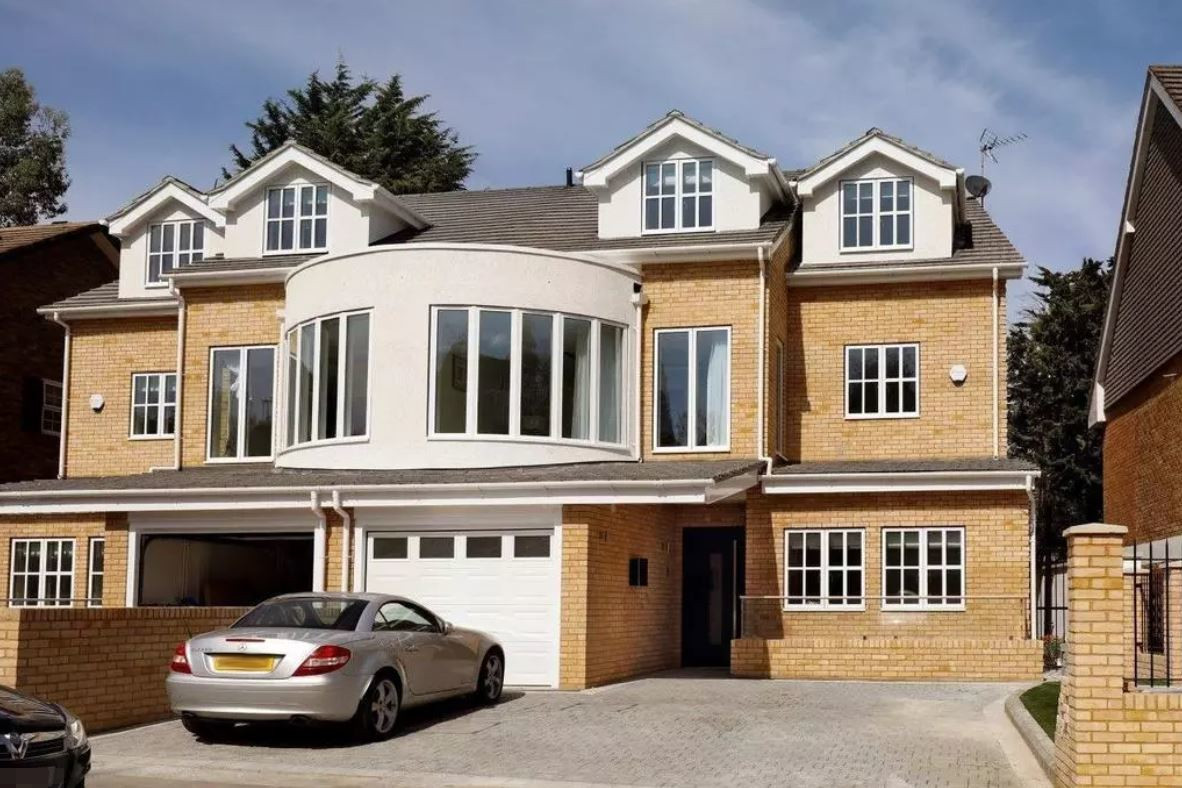Class Q Barn Conversion Rules and Modern Barn Ideas in the UK

What is Class Q
Since its implementation, the Town, and Country Planning Order has played a transformative role in conserving the aboriginal rural character. With Class Q into effect, farmers and landowners in the rural part are now generating extra revenue by selling their barns to those looking for residential conversions. This has been a breakthrough in the livelihoods of rural communities in an otherwise stale and unused space in barns.
Understanding Class Q Barn Conversion Rules in the UK
Class Q Barn Conversion Rules and Recent Amendments
- Any existing or unused agricultural buildings can be converted into residential dwellings
- Installation of doors, windows, and other household utilities such as gas, water supply & drainage systems etc.
- The agricultural building can be demolished but partially in view of making it habitable for living
- The maximum floor space for dwellings has seen an increment from the previous 865 sq mtr to 1000 sq mtr
- Three large dwellings (can exceed 100 sq mtr each; or 5 smaller dwellings (not beyond 100 sq mtr each)
- Maximum floor space per unit is limited to 150 sq mtr as against the previous 465 sq mtr
- Installation of external insulation is allowed in view of improving energy efficiency and meeting modern building standards
- Extensions to the rear are permitted up to a length of 4m which means one can accommodate single storey extensions to the rear side of the barn provided it is done on a hard surface which has existed on or before 24th July 2023
Other important restrictions and rules you need to be aware of –
- The Class Q provisions are only applicable to agricultural buildings which have been in use for agricultural purposes as part of an Established Agricultural Unit (EAU) on or before 24th July 2023. If the agricultural building was built after that date, one needs to use it for agricultural purposes for 10 more years to make it part of an Established Agricultural Unit.
- The Barn in question should only be used as a single dwelling
- The converted barn should not be used for building multiple units or for commercial purposes
- Class Q does not apply if the agricultural building is located in conservation area, area of natural beauty or other areas meant for conservation
- When it comes to renting or leasing out the agricultural land, Class Q will only apply upon mutual agreement between the landowner and the tenant
- Each room in the proposed barn conversion space should have adequate natural light
Planning Considerations that Come Under Scrutiny
- Is the conversion built in a vicinity that can be easily accessible for emergency services such as an ambulance or a fire engine
- Is the site safe from flooding
- Is the site vulnerable to contamination given it was formerly used for agricultural purposes
Once you are through with all the rules, it is now time to prepare for prior approval for Class Q. This is done to ensure that you are fully aware and comply with the regulations for barn conversions under permitted development rights.

Steph Fanizza, Architectural Design & Team Manager
Tell us about your plan and we'll send you a free quote! It takes less than 90
seconds!

Steph Fanizza, Architectural Design & Team Manager
Planning Permission for Barn Conversions
You will only require planning permission when your barn conversion does not meet the standards and limits set by Class Q of permitted development rights. If it happens to be the case, you will be then required to submit a full planning application seeking clearance from the local council.
Ensure that you are in sync and comply with the aforementioned restrictions and rules to increase your chances for approval.
Building Regulations for Barn Conversions
As building regulations keep rigorous checks on safety and health of the construction, they are a must for barn conversions regardless of the type, size, and degree of conversion.
In order to apply for building regulations, you need to be prepared with technical drawings depicting the details of construction. A full-plans building regulation application will be required for submission which you avail by the help of a structural engineer or an architect.
Now that we have discussed the acting rules and regulations for barn conversions, let’s discuss some of the ideas with which you can convert your barn into a truly habitable and pleasant space.
Modern Barn Conversion Ideas
When we think of a barn space, we may think of a shell-like unsophisticated rustic space and on top of it, a gambrel roof to go with. More than we may have assumed, barn houses today have evolved to surpass expectations of a contemporary lifestyle.
Beyond the stale and humble spaces as we know, barn houses have attained the stature of coveted housing spaces, those that can accommodate any conversion style as readily available hollow structures with ample scope to exploit. From eclectic interiors, minimalist features to modern urban sophistications, barns can be exploited to design the home of your dreams. Let’s discuss modern barn conversion ideas.
1. Open Up with Window Styles
2. Make it Timeless
3. Build a Duplex
4. Install Attractive Elements
5. Light up the Interior
6. Make it Energy Efficient
Conclusion:
Knowing the above regulations, do not fear to go wild on your barn designs. Feel free to experiment with colours, amenities and aesthetics in your barn, keeping in mind the acting limits.
Being experts in planning and designing diverse architectures, and especially as specialists in all types of conversions and extensions, we highly recommend hiring a structural engineer to plan and execute your barn conversion. Structural engineers and architects at Extension Architecture have nearly two decades of expertise having executed multiple conversion projects that have seemed complex much seamlessly and cost-efficiently.



















